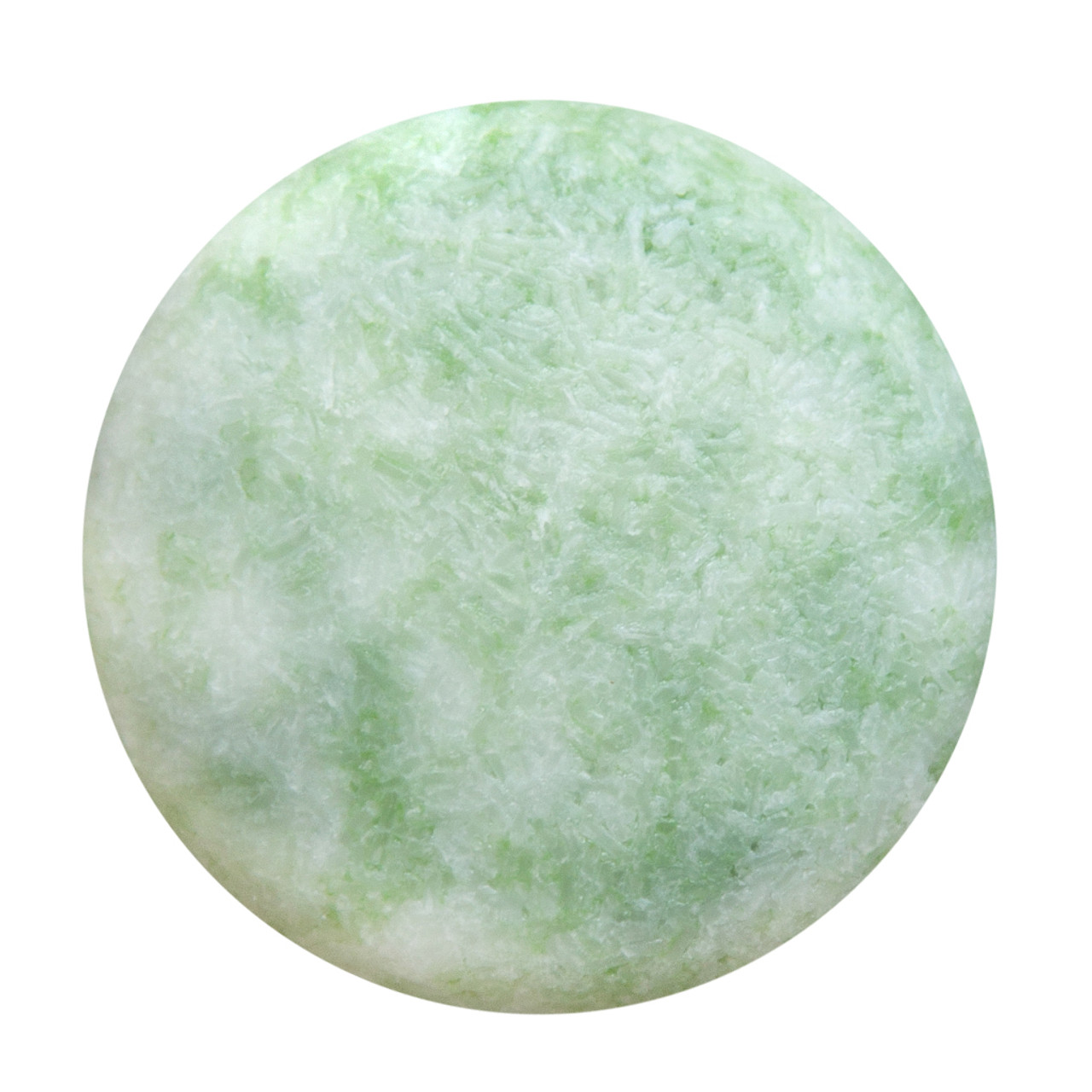Don't miss our holiday offer - up to 50% OFF!

Jade Vs Jadeite: Unveiling the 9 Key Differences
Jade and jadeite are both distinct gemstones with some key differences. The variations between the two extend to their mineral composition, sources, and appearance.
While they are often mistaken for one another, understanding their disparities can help distinguish between the two. Let’s explore nine notable contrasts between jade and jadeite to gain a deeper insight into their unique characteristics and uses. Jade and jadeite are both popular stones used in jewelry and ornamental items.
Their unique properties and appearances make them highly sought after by collectors and enthusiasts alike. By examining the disparities between these two stones, we can gain a more thorough understanding of their individual appeal and value in the world of gemstones.

Credit: www.naplessoap.com
Historical Significance And Origin
Jade and jadeite are two distinct minerals that have played significant roles in various cultures throughout history. Understanding their historical significance and origin can provide valuable insights into their cultural, spiritual, and aesthetic importance. Let’s explore the fascinating historical aspects of jade and jadeite, shedding light on their individual roles in shaping ancient civilizations and cultures.
Jade’s Role In Ancient Cultures
The historical significance of jade dates back thousands of years, with evidence of its use in ancient cultures such as the Chinese, Mayan, and Maori civilizations. Revered for its beauty and strength, jade held great spiritual and ritualistic importance, often symbolizing virtue, purity, and nobility. It was intricately carved into ornate ritual objects, ceremonial weapons, and precious ornaments, signifying power and authority. In Chinese culture, jade was associated with immortality and was often buried with the deceased as a symbol of protection and spiritual guidance.
Jadeite Discovery And Historical Timeline
Jadeite, a rarer and more valuable form of jade, was discovered relatively recently compared to traditional jade. The mineral was first unearthed in Guatemala by European explorers during the 18th century. Its intense green color and translucency captivated the Western world, leading to its adaptation in jewelry and decorative arts during the Art Deco period. Since then, jadeite has gained popularity and fame, with notable pieces fetching exorbitant prices in auctions and becoming coveted symbols of luxury and prestige in various cultures.
Mineral Composition And Structure
Mineral composition and structure play a significant role in distinguishing between jade and jadeite. Understanding the distinct structural and compositional features of these stones is crucial for accurately identifying and appreciating their unique properties.
Jade’s Nephrite Silicate Structure
Jade, specifically nephrite, is composed of fine-grained interlocking fibrous crystals of the mineral tremolite-actinolite. This silicate structure gives nephrite its characteristic toughness and ability to withstand carving and shaping with intricate details. The fibrous nature of nephrite contributes to its distinct appearance and durability, making it a preferred choice for traditional carvings, ornaments, and jewelry.
Jadeite’s Pyroxene Mineral Composition
Jadeite, on the other hand, is characterized by its pyroxene mineral composition, specifically a complex sodium- and aluminum-rich pyroxene. This unique crystal structure gives jadeite its vibrant colors ranging from rich greens to lavender and white, making it highly sought after for fine jewelry and ornamental pieces. The crystalline structure of jadeite contributes to its exceptional translucency and luster, enhancing its allure and desirability as a gemstone.
Physical Properties: A Comparison
Discover the physical differences between jade and jadeite. From their chemical composition to their hardness, color, and luster, explore the nine key distinctions that set these two stones apart. Uncover the unique properties of each stone and learn how to distinguish between the two.
Hardness And Durability Differences
The primary difference in hardness and durability between jade and jadeite lies in their mineral compositions. Jade is primarily composed of nephrite, which gives it a Mohs hardness of around 6.5 to 7. This makes it reasonably durable for a variety of jewelry and ornamental uses. In contrast, jadeite is harder, with a Mohs hardness ranging from 6.5 to 7, making it slightly denser and more durable, and suitable for high-quality sculptural and ornamental purposes. This makes jadeite more suitable for intricate carvings and delicate jewelry pieces.
Color Variations And Transparency Contrasts
When it comes to color variations and transparency, both stones exhibit different characteristics. Jade is known for its deep green and spinach-green color variations, and it may also appear in white, pink or lavender hues. Generally, jade has less transparency, often appearing opaque, with a waxy or greasy luster, ideal for carving and ornamental use. Jadeite, on the other hand, offers a wider spectrum of colors, including emerald green, lavender, pink, brown, and even white. Additionally, jadeite typically has a higher level of transparency, often showcasing vibrant, translucent colors that lend themselves well to high-quality jewelry design and creation.
Authenticity And Valuation
When it comes to comparing Jade and Jadeite, one of the key aspects to consider is their authenticity and valuation. Understanding how to differentiate between these two stones and the factors that influence their value and market price is essential for anyone interested in these precious gemstones.
Assessing Genuineness In Jade And Jadeite
When assessing the authenticity of Jade and Jadeite, there are several factors to consider. Both stones can be imitated using synthetic materials or other minerals, making it essential to seek professional expertise or rely on reliable certification to confirm their authenticity. Real Jade is often tested for its density, refractive index, and fluorescence, while Jadeite is commonly examined for its chemical composition and specific gravity.
Factors Influencing Value And Market Price
The value and market price of Jade and Jadeite can be influenced by various factors. For Jade, the intensity of its color, translucency, and texture play a significant role in determining its value. Jadeite, on the other hand, is prized for its vivid hues, translucency, and absence of imperfections. Additionally, the rarity of specific colors and patterns can also affect the market price of both Jade and Jadeite.
Cultural And Symbolic Variance
In the world of gemstones, jade and jadeite hold a significant place in various cultures, with each stone bearing its own unique cultural and symbolic meanings. Understanding the differences in these symbolic associations can provide valuable insights into the cultural and historical significance of these precious stones.
Symbols And Cultural Meanings In Asia
In Asia, both jade and jadeite are imbued with deep cultural and symbolic significance, often associated with virtues such as wisdom, purity, and grace. In Chinese culture, jade has been revered for thousands of years and is considered a symbol of status, beauty, and goodness. It is believed to possess protective qualities and is often used in traditional Chinese medicine. Jadeite holds similar cultural importance in Myanmar, where it is highly prized and considered a symbol of prosperity, longevity, and good fortune.
Western Perspectives On Jade And Jadeite
In the Western world, the cultural and symbolic meanings of jade and jadeite have also been influential, albeit in different ways. The allure of jade as a symbol of beauty and elegance has captivated Westerners, while its historical ties to Chinese culture have provided it with a sense of exotic mystique. Similarly, jadeite has garnered appreciation for its vivid green hues and has become synonymous with luxury and fine jewelry in Western societies.
Frequently Asked Questions On Jade Vs Jadeite: 9 Differences Between These Stones
What Is The Difference Between Jade And Jadeite?
Jade is a collective term for two different stones, nephrite and jadeite. Nephrite is softer and can be found in various shades of green, while jadeite is harder and comes in a wider range of colors including green, white, and lavender.
Which One Is Rarer, Jade Or Jadeite?
Jadeite is considered rarer and more valuable than nephrite. Its scarcity, combined with its vibrant colors and higher level of translucency, makes jadeite highly sought after in the world of gemstones, often commanding higher prices than nephrite.
Are There Differences In The Cultural Significance Of Jade And Jadeite?
Jade has a deep cultural significance in various cultures, particularly in China and Mesoamerica, where it was revered for its supposed protective and healing properties. While both stones hold cultural significance, jadeite is often associated with higher social status and exclusivity due to its rarity and beauty.
Conclusion
Understanding the differences between jade and jadeite is crucial for anyone interested in gemstones. These stones vary in terms of composition, color, and value, making it essential to know which one suits your preferences. By grasping these nine distinctions, you’ll be better equipped to make informed decisions when it comes to purchasing or identifying these beautiful stones.

SPIRITUALITY WITH SIMPLICITY. All content found on Lead Owners is for informational purposes only.
Made with lots of love, hard work, and energy! I write about my spiritual experiences to help all those who go through the same.
